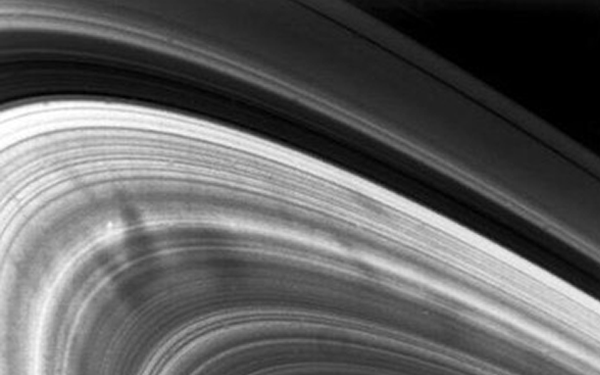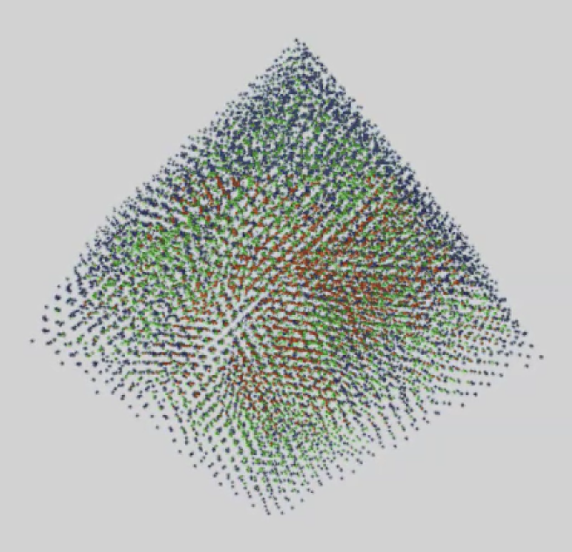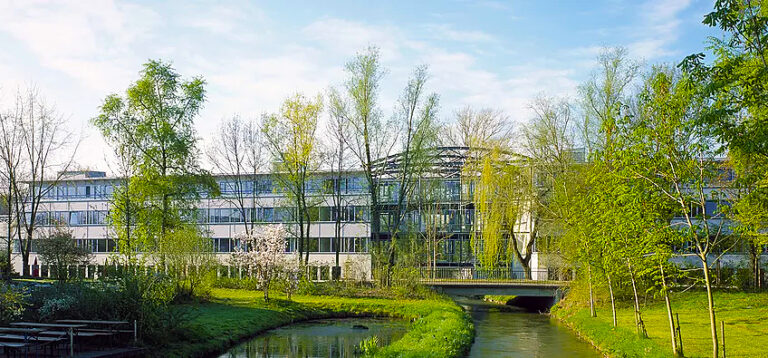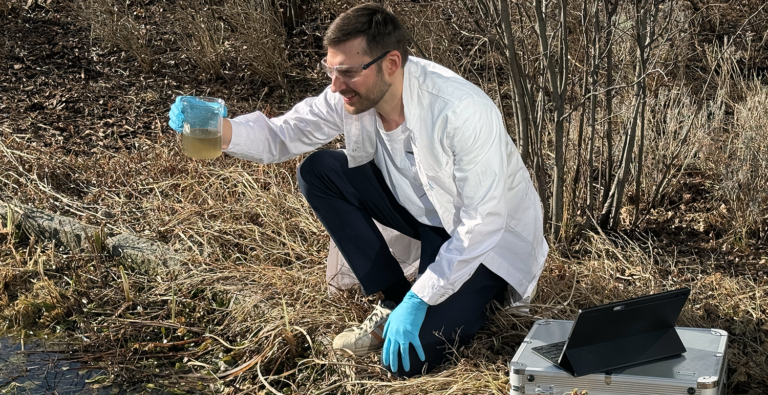We are the cold plasma pioneers.
For more than 13 years, terraplasma has been a leader in the research and development of cold plasma. As a spin-off of the world-famous Max Planck Society, it is in our genes to not only explore the possibilities of this fascinating new technology, but also to find practical applications for this innovative solution to many of our current challenges.
Management
Dr. Julia Zimmermann
Founder and Managing Director
Sylvia
Sylvia Cantzler
authorised signatory,
head of operation&development
Prof. Dr. Gregor Morfill
Founder
Team
Alex
Claudia
Sylvia
Hannes
Markus
history

foreword: dusty plasma physics
The initial spark came after Gregor Morfill moved to the Max Planck Institute for Nuclear Physics in Heidelberg in 1974. His interest in “dusty plasmas” was sparked by his interaction with his new colleagues Eberhard Grün and Hugo Fechtig, who were studying and reseraching the physics and dynamics of microscopic dust particles in interplanetary space and the magnetosphere. Although he didn’t know it at the time, fundamental research into dust-plasma interactions made everything that followed possible – including all the science and innovations at Cold Plasma.

chapter 1: all about plasma crystals
During his research at the Max Planck Institute for Extraterrestrial Physics – Morfill had just been appointed director and had his hands full organizing his team, his workplace and his priorities – he came across the theory of “plasma crystals”. You have to remember that plasmas are considered the most disordered form of matter – and a possible strongly coupled solid state was considered impossible.
A close colleague suggested that he could do some research with his “dusty plasma background” and see if this theory could be verified. However, it took him a few years to start this exotic “plasma crystal research” as the theory kept haunting his mind. He then carried out a comprehensive analysis of the physics (with the surprising result that it was (theoretically) quite possible to create plasma crystals experimentally), but was harshly rebuffed by his colleagues in plasma physics and told that the theory was nonsense.

chapter 2: the universe - (in)finite expanses
The response from the scientific community to Morfill’s first presentation was overwhelming. But Morfill needed weightlessness – and got help from the journal Nature, which not only published his results, but also made a polite request to allow experiments in weightlessness (microgravity) if there was space on one of the flights into space. This request was answered by the German Aerospace Center (DLR), which offered Morfill to carry out experiments in weightlessness using parabolic flights and rocket test flights.

The great excitement in the scientific community ended with the fact that experiments in weightlessness were offered on the ISS (International Space Station) under the name “plasma crystal”. Since then, there have been various plasma crystal laboratories operated by over 30 astro- and cosmonauts on the ISS to this day. The current laboratory, PK4, is installed in ESA’s Columbus module.


chapter 3: back on earth
So Morfill had proved that cold plasma could be generated in a controlled environment – but what was the practical aspect of this? What kind of solutions could be created? And finally – what would the cold plasma business look like? This is where his daughter Dr. Julia Zimmermann came in.
She also worked with cold plasmas at Max Planck, and with a strong medical background, her stated goal and motivation was to improve the healing of chronically infected wounds with these partially ionized gases. Her experiments focused on finding the plasma composition that would kill bacterial cells – but not the patient’s eukaryotic cells. Cold plasmas can be generated in different ways and produce a chemical cocktail that is applied to the wound. The first device was the size of two refrigerators – but at least it worked.
After conducting the first clinical trial, Morfill and Zimmermann founded the company terraplasma with the aim of developing a plasma device that was small and cheap enough to be easily brought to market.
chapter 4: medical technology
The process of developing and bringing a medical device to market is much more complex, time-consuming and strenuous than writing a scientific paper or conducting research in the laboratory. Ensuring the successful launch of a groundbreaking medical product requires a lot of money and the right team. At a Business Angel Day, Morfill and Zimmermann networked with other founders who were able to develop medical products – the subsidiary terraplasma medical was born.

The team of this newly founded company brought the innovative hand-held device called plasma care to market in a record time of less than 2 years. During plasma care, bacteria, including multi-resistant pathogens, viruses, fungi and spores, are inactivated by the cold plasma. At the same time, the cold plasma actively stimulates cell renewal and supports simple, quick and effective wound healing. This treatment method is also free of allergies and side effects.

chapter 5: skincare
Together with hyped about science GmbH, terraplasma developed the compact consumer device Phlas. This uses cold plasma technology to regenerate the skin, reduce redness and treat blemishes and spots without irritating ingredients. Thanks to plasma, Phlas is gentle, free from heat or harsh chemicals and therefore suitable for all skin types. The development of this consumer device is based on extensive experience from device development in the fields of medicine, household appliances and laboratory equipment and has been integrated into a compact and attractive design.

Epilogue: water treatment
The success stories illustrate the wide range of applications for cold plasma technology and terraplasma GmbH’s commitment to developing innovative and sustainable solutions for current challenges.
The company is now focusing on the field of water treatment with cold plasma in order to make its contribution to a sustainable economy and viable water management Cold plasma has the potential to revolutionize water treatment, as this technology offers decisive advantages over conventional disinfection methods such as UV, chlorine, ozone or reverse osmosis. Cold plasma works with highly reactive species directly in the water. This efficiently eliminates bacteria, viruses, organic impurities, pollutants and trace substances – without the use of additional chemicals or residues.
